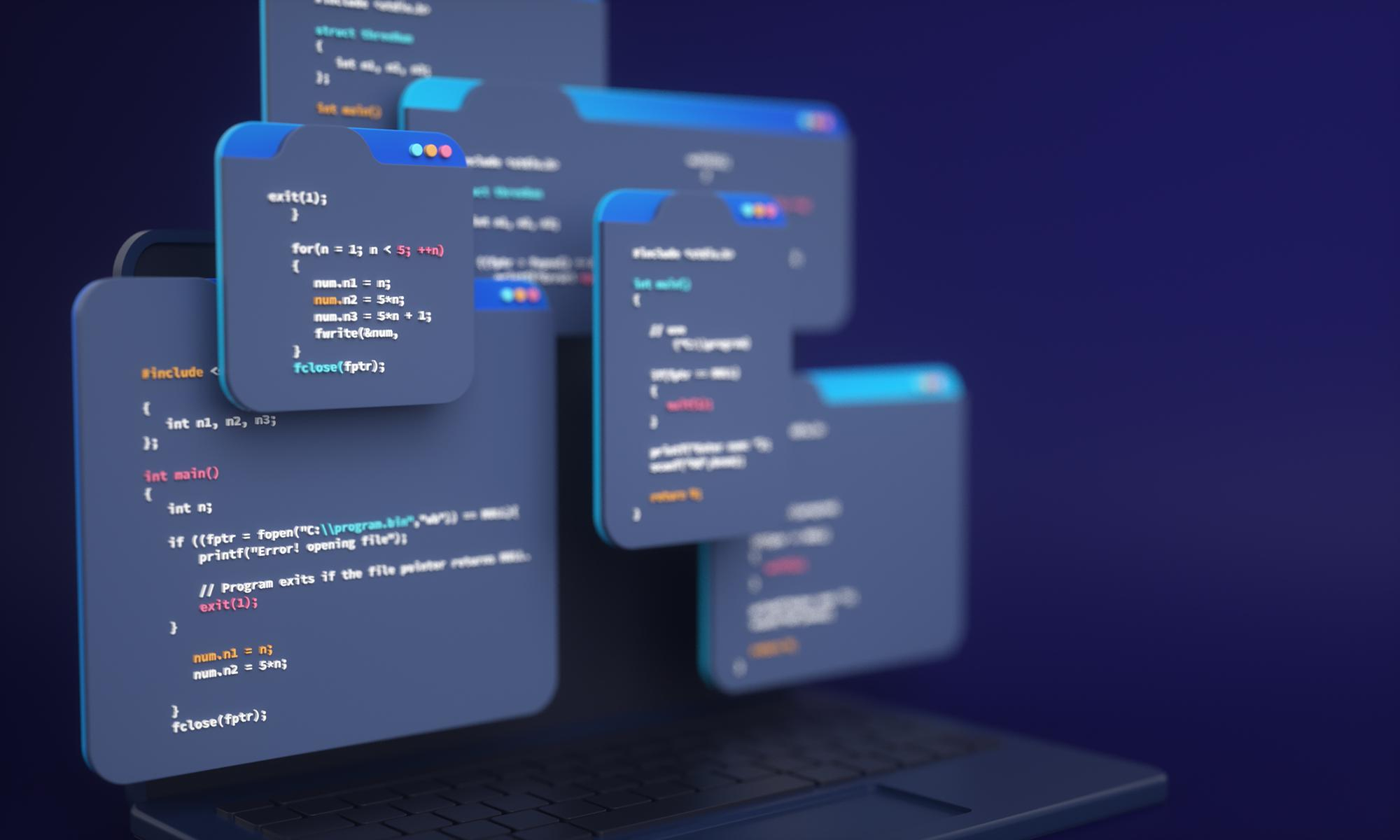HTML/5: HTML stands for Hyper Text Markup Language. It is used to create the structure and content of web pages using tags and attributes. HTML5 is the latest version of HTML that introduces new features and standards for web development, such as multimedia, semantic elements, and APIs.
CSS/SCSS: CSS stands for Cascading Style Sheets. It is used to define the presentation and layout of web pages using rules and properties. CSS can control the appearance of fonts, colors, backgrounds, borders, margins, and more. SCSS stands for Syntactically Awesome Style Sheets. It is a preprocessor scripting language that extends the features of CSS, such as variables, nesting, mixins, and functions. SCSS files are compiled into standard CSS files using a preprocessor such as Sass.
jQuery: jQuery is a fast, small, and feature-rich JavaScript library. It simplifies the client-side scripting of HTML by providing an easy-to-use API that works across a multitude of browsers. jQuery can perform tasks such as HTML document traversal and manipulation, event handling, animation, and Ajax with less code and more efficiency. jQuery also has a large collection of plugins that add extra functionality and features.
JS – ReactJS/AngularJS/Vue.js: These are three popular JavaScript frameworks for building web applications with dynamic and interactive user interfaces. ReactJS is a library that uses a component-based approach to create reusable UI elements. AngularJS is a framework that uses a model-view-controller (MVC) architecture to organize the application logic and data. Vue.js is a progressive framework that focuses on simplicity and performance. All three frameworks support data binding, routing, state management, and other features that make web development easier and faster.
Blazor server or Web Assembly: Blazor is a web framework for building web UI components using C# instead of JavaScript. Blazor can run on the server-side or the client-side in the browser. Blazor server uses SignalR to communicate with the client and render the UI on the server. Blazor WebAssembly uses a .NET runtime that runs on WebAssembly, a low-level binary format that can execute in the browser. Both modes have advantages and disadvantages depending on the application requirements and scenarios

